Surveying seabirds — get involved
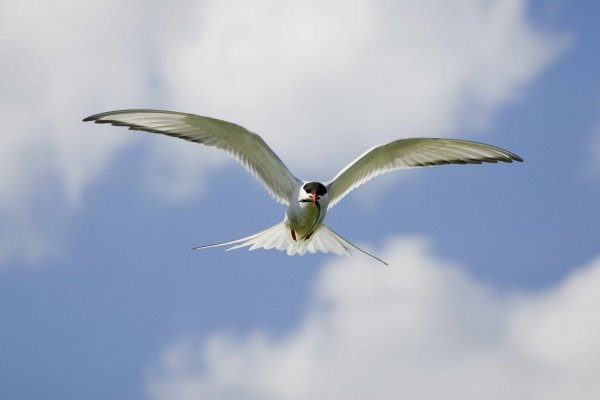
One problem with monitoring seabirds is that they often nest in inaccessible places including cliffs and islands. The survey period for some species is very short. Other species like shearwaters and petrels nest underground and only visit the colony at night, making it very difficult to monitor them.
On the plus side, seabird colonies are usually obvious, and even where the nests are cryptic (for example Black Guillemots) the adults are easily surveyed. Seabirds tend to visit the same colony each year and spread to new sites slowly so the majority of colonies are well known. Once a site is accessed most cliff and ground nesting species are easy to count.
The NI Seabird Coordinator is always looking for new volunteers to help out. Northern Ireland’s seabirds enjoy a good level of survey coverage compared to other parts of the UK. However, each year there are still sites that do not regularly receive any counts. Most survey sites are quite small and should not take more than a couple of hours each year to count. So if you can spare that time please get in touch.
Get involved in 2021
2021 is a particularly important year for seabird monitoring as it is the final year of the JNCC Seabirds Count census, a periodic stock-take of all seabirds in Britain and Ireland that is essential for assessing the health of our seabird populations. We still have sites that require survey effort, so if you have time to spare to make a one-off visit part of Northern Ireland’s beautiful coastline to count seabirds, please get in touch with the NI Seabird Coordinator to be added to the Northern Ireland Seabird Network.
Northern Ireland Seabird Report
This annual report is the published outcome of the work of the BTO Northern Ireland Seabird Coordinator, and the activities of the evolving NI Seabird Network of volunteers and organisations such as National Trust, Ulster Wildlife and RSPB.
Browse NI Seabird ReportsSeabird sites in Northern Ireland
Rathlin Island
Rathlin is by far the largest seabird colony in Northern Ireland and remains one of the most important seabird breeding site in the UK and Ireland. It is a large inhabited marine island situated some 4km from the north Antrim coast of Northern Ireland. There are basalt and chalk cliffs, some as high as 100m, as well as several sea stacks on the north and west shores of the island. Rathlin Island is designated a Special Protection Area (SPA) for its important populations of seabirds and Peregrine Falcons. A 2011 survey of the island has shown that it is now the most important site in the UK for breeding Guillemots and Razorbills. Kittiwakes have shown a steady decline over the last 20 years. In the last 15 years the numbers of Puffins have declined by over 50% and it is thought the Manx Shearwater may now be extinct as a breeding species. These declines are thought to be attributable to ferrets and rat populations on the Island. The Great Skua has started to breed on the island, part of an expansion southwards of the Scottish population.
Copeland Islands
The Copeland Islands are located at the mouth of Belfast Lough. There are three islands – Big Copeland, Lighthouse and Mew Islands. The Copeland Bird Observatory is located on Lighthouse Island. The islands host the only extant colony of Manx Shearwaters in Northern Ireland, of approximately 5000 pairs. There are 800-1000 pairs of Common Gulls annually and good populations of Lesser black-backed and Herring Gulls. The islands have the largest single Arctic Tern Sternsa paradisaea colony in Ireland which sometimes tops 1100 pairs, with small number of Common Terns and Sandwich Tern. Conservation projects are currently underway to protect and increase the numbers of breeding terns on the islands, and to encourage Atlantic Puffins to breed. The Copeland Islands were declared a SPA in 2010 due to their important populations of Manx Shearwater and Arctic Tern. The islands are also an Area of Special Scientific Interest.
Larne Lough
Larne Lough is designated as an SPA. The Lough has extremely important populations of breeding Common and Sandwich Terns, and is the only remaining breeding site for the Roseate Tern in Northern Ireland. Significant number of Black Guillemots nest in the Lough. A few kilometres to the north of the Lough, The Maidens islands have the largest colony of Shags in Northern Ireland.
Strangford Lough
Seabirds on Strangford Lough nest across a number of small islands. There are large populations of Arctic, Common and Sandwich Terns, all the common gull species, Black Guillemot and Great Cormorant. Strangford Lough is Northern Ireland’s only Marine Nature Reserve and is also designated as a SPA.
Loughs Neagh and Erne
Lough Neagh is positioned in the centre of Northern Ireland and has shores on five of the six Northern Irish counties. Lough Neagh has a number of island sites which hold good colonies of Common Tern, Black-headed Gull and Lesser black-backed Gull. There has been some decreases in Black-headed Gull colony sizes in recent years but as the islands are not regularly monitored it is unclear what is driving these changes how big they are. Lower Lough Erne is located in Co. Fermanagh. There are a number of small islands which host breeding seabirds including Common Tern, Sandwich Tern, Black-headed Gull and Lesser black-backed Gull. The nesting sites are monitored and conserved by the RSPB. The Sandwich Terns feed at sea, in Donegal Bay, and must fly 25 miles to feed.
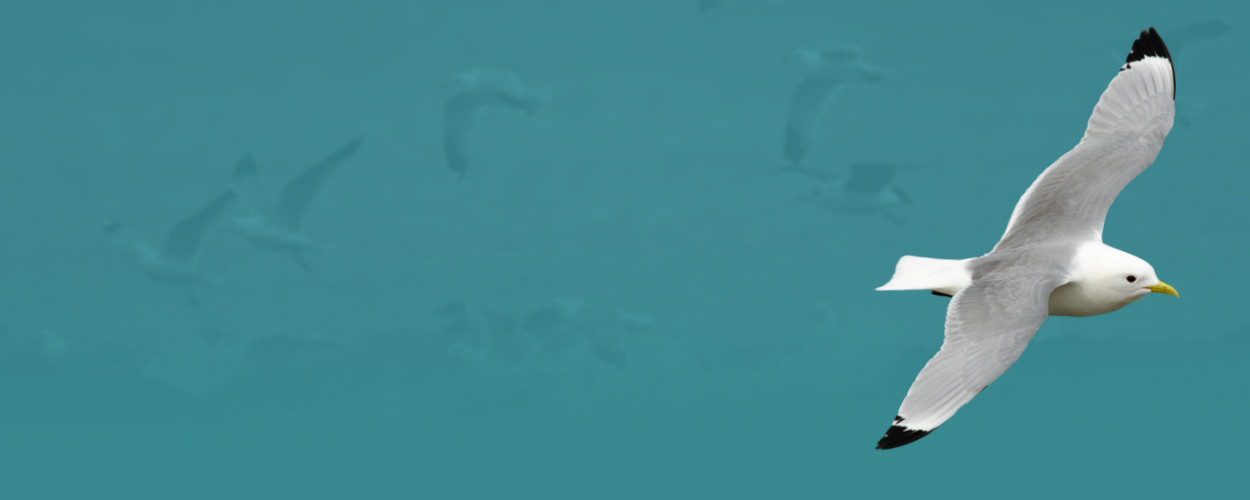
Our lost seabirds – help us secure their futures
We’re developing skilled volunteers to collect the data we need to inform scientific research and policy decisions. Without your support our seabirds could be lost forever.

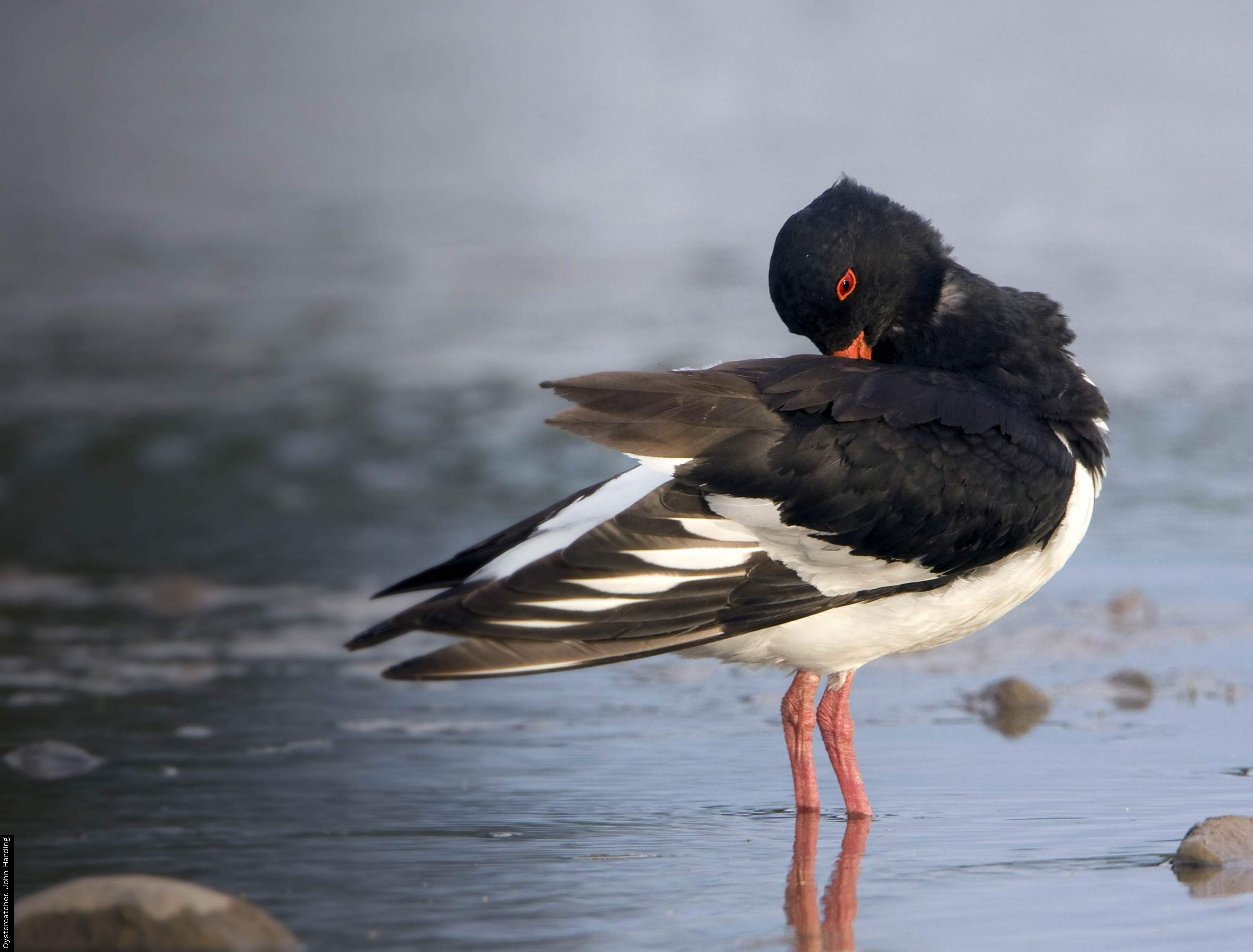
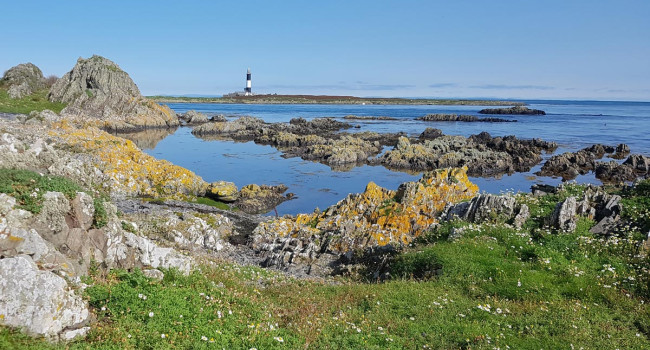
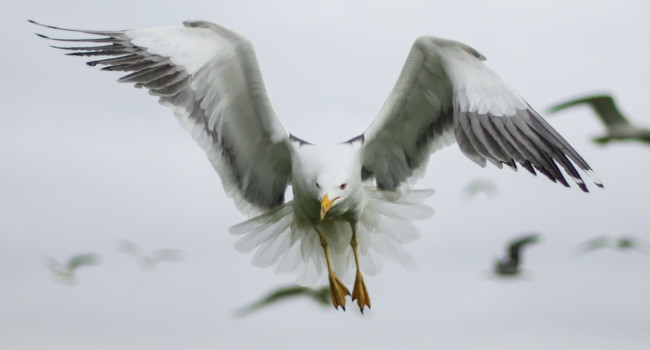
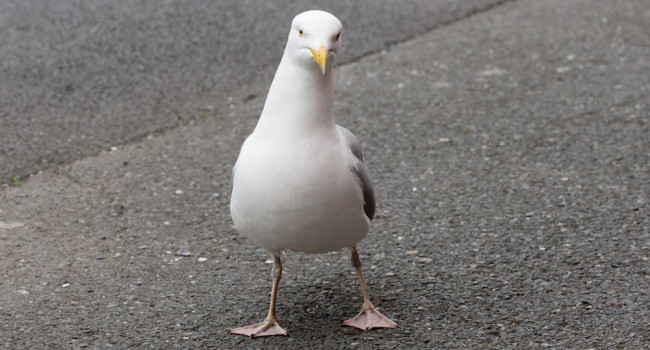

Share this page